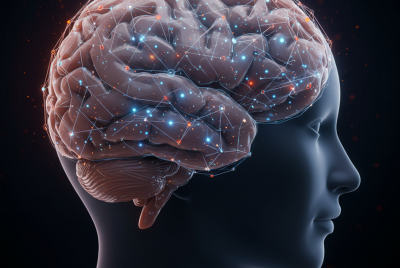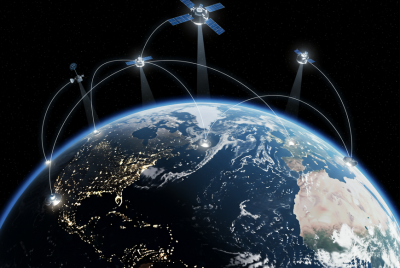Stepping into the Matrix: Understanding AI World Models
The whispers about “world models” are getting louder in the AI community, and for good reason. These intriguing digital twins of our reality, also known as world simulators, are being hailed by some as the next quantum leap in artificial intelligence. From Fei-Fei Li’s World Labs securing substantial funding to DeepMind’s strategic recruitment of Sora’s co-creator, the race is on to build these complex simulations. But what exactly *are* they, and why should we care?
Simulating Reality: A Digital Sandbox for AI
Imagine a virtual playground where AI can experiment, learn, and evolve without real-world consequences. That’s the essence of a world model. It’s a simulated environment, a digital sandbox, if you will, that reflects the complexities and nuances of our physical world, or perhaps even imaginary ones. These models can range from simple representations of physical laws, like gravity and friction, to sophisticated simulations of social dynamics and economic systems.
Think of it like this: instead of teaching a self-driving car to navigate by exposing it to every possible real-world traffic scenario (a rather terrifying prospect), we can train it within a world model. The AI can experience millions of virtual crashes, traffic jams, and unexpected pedestrian crossings without endangering anyone – except perhaps a few virtual pixels.
The Promise of Accelerated Learning and Innovation
The potential benefits of world models are vast. By providing AI with a safe and controlled space to learn and experiment, we can dramatically accelerate its development. Imagine AI agents learning to design innovative solutions to complex problems, from climate change to disease outbreaks, all within the confines of a simulated world. This could unlock a new era of rapid progress and problem-solving, limited only by our imagination (and computational power, of course).
Navigating the Ethical Labyrinth
However, as with any powerful technology, world models present ethical considerations. The very realism that makes them so effective also raises concerns about bias and manipulation. If an AI learns within a biased world model, it might perpetuate and amplify those biases in its real-world interactions. Just imagine an AI trained in a simulation where only flying cars exist – it’s likely to struggle adapting to the quaint notion of traffic lights. It’s crucial that these models are developed and used responsibly, with transparency and fairness at the forefront.
The Future of World Models: A Collaborative Evolution
World models are not just about creating sophisticated simulations; they’re about fostering a deeper understanding of intelligence itself. By studying how AI agents learn and interact within these virtual worlds, we can gain valuable insights into the nature of learning, decision-making, and even consciousness. As we continue to explore the potential of world models, it’s vital that we prioritize human-AI collaboration, ensuring that these powerful tools are used to empower people, not replace them. The future of AI isn’t about building machines that think *for* us; it’s about building machines that think *with* us, in a shared and simulated reality.





